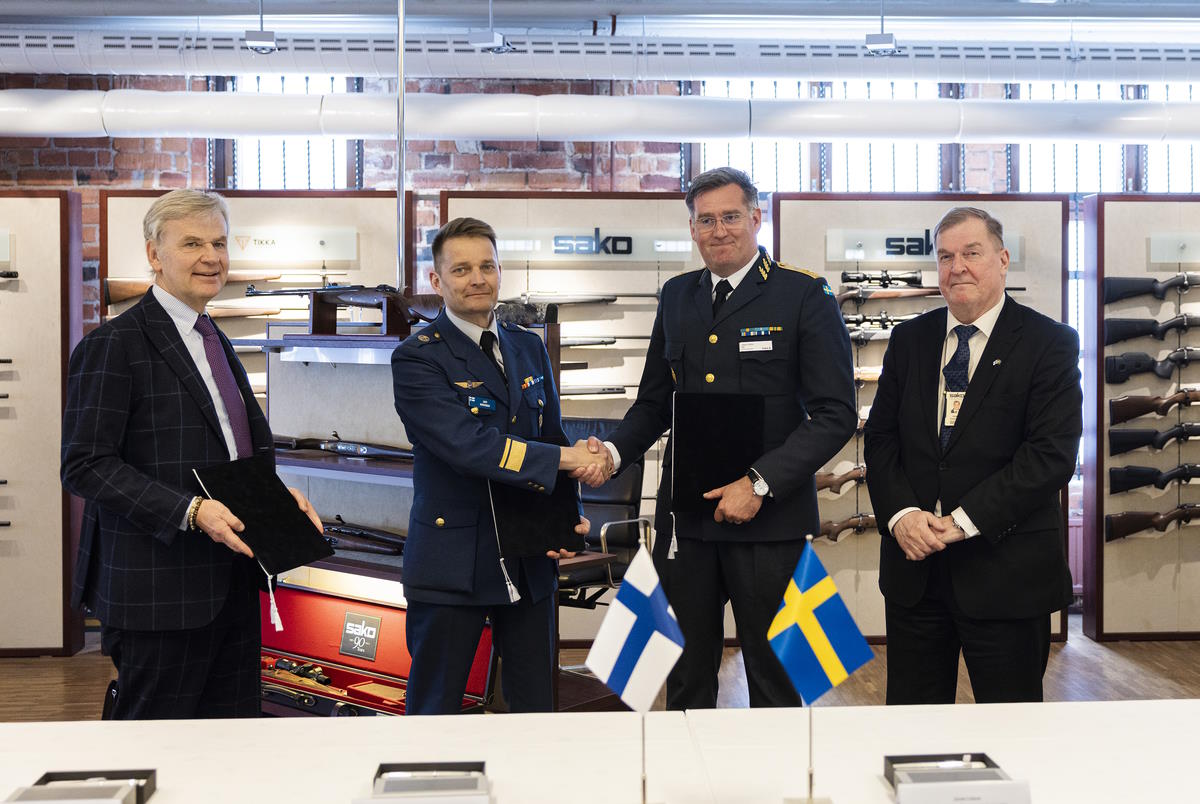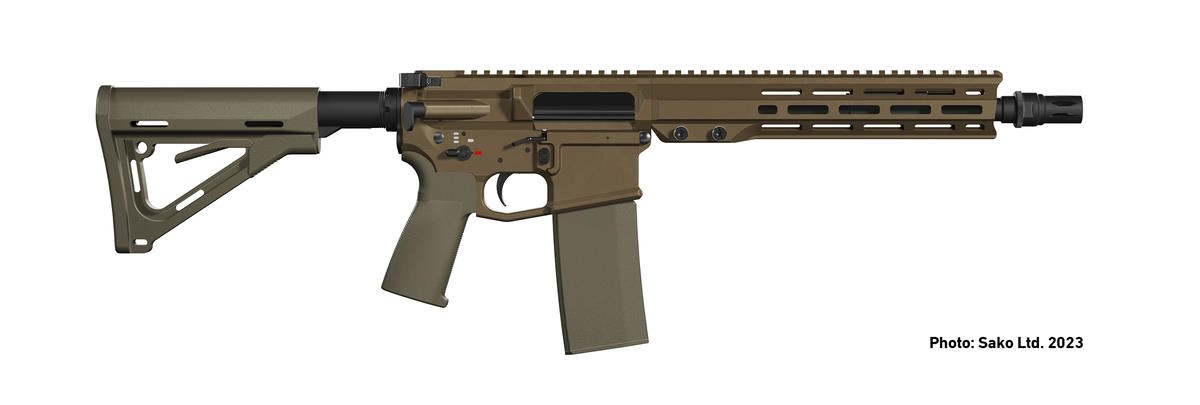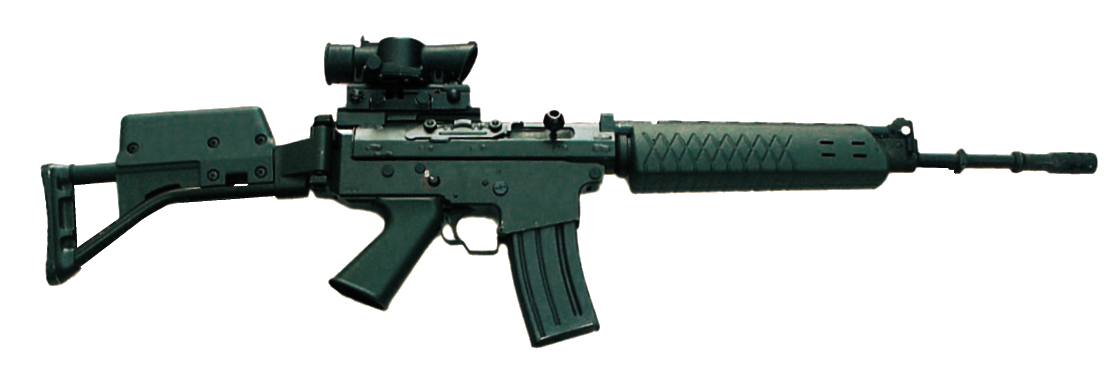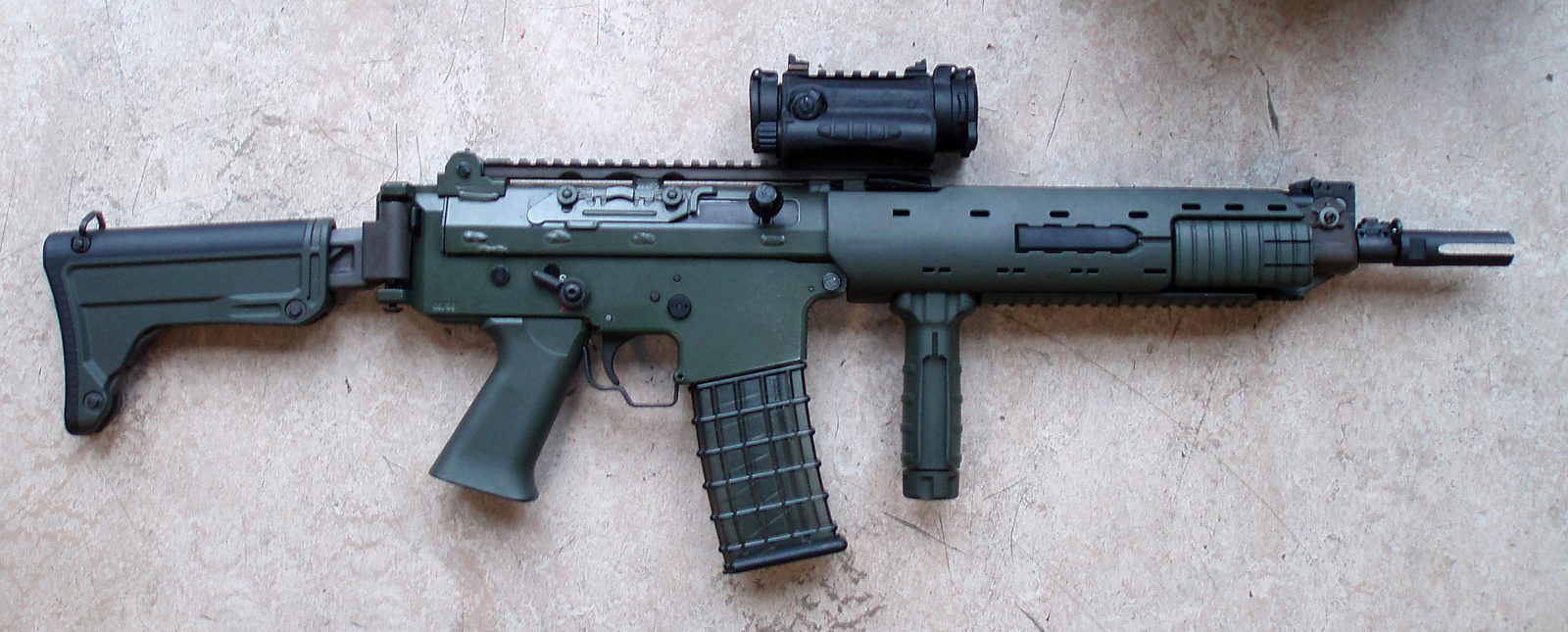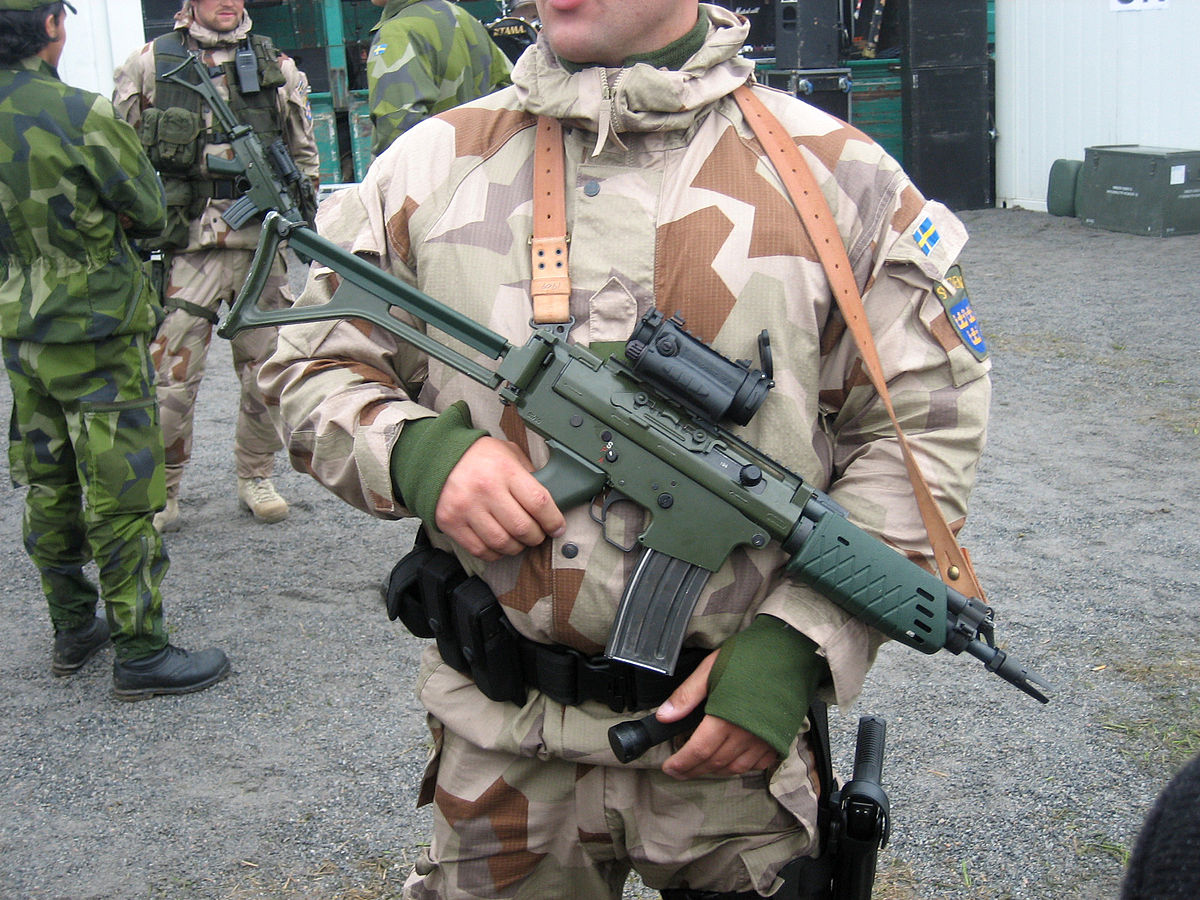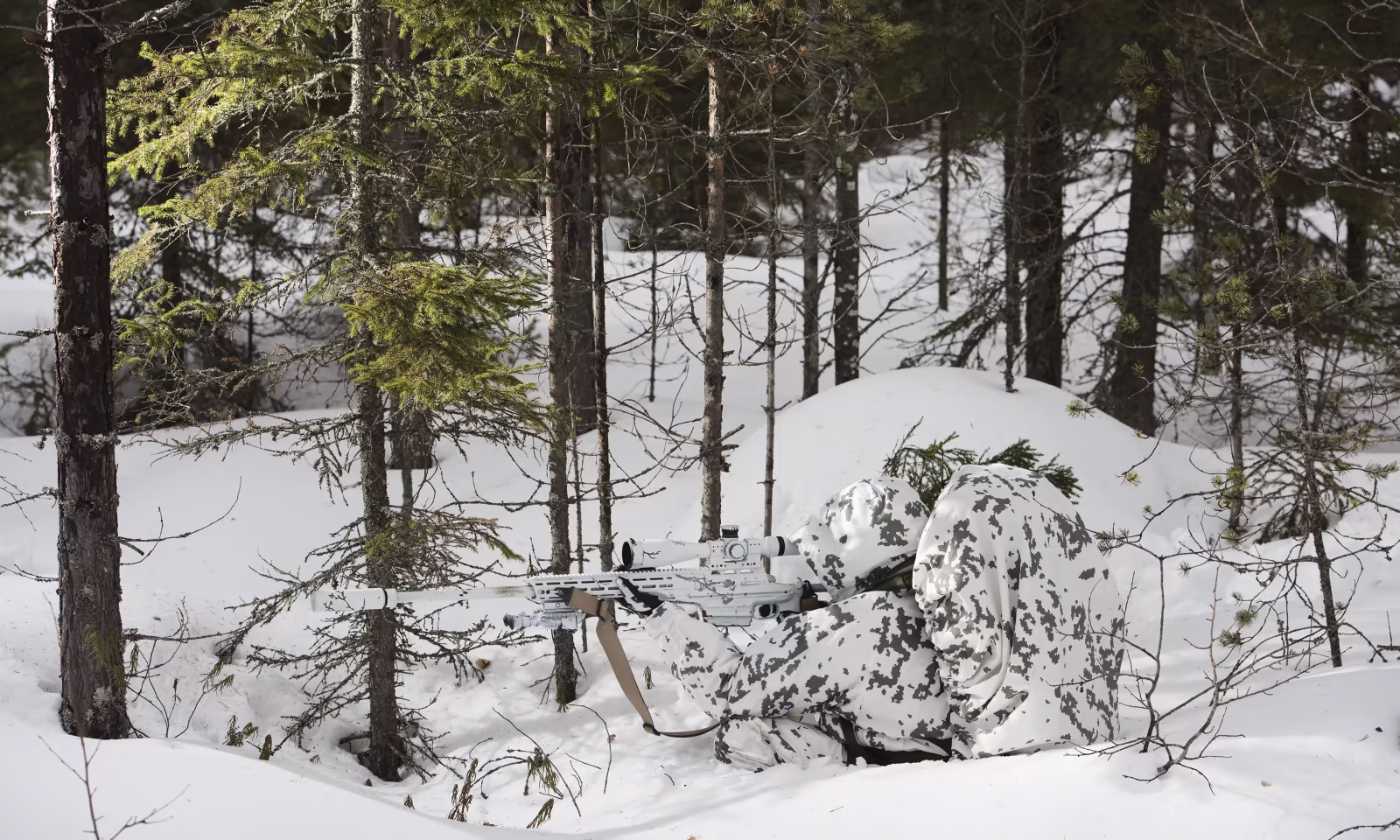On 27 March 2023, the Finnish and Swedish Defence Forces signed an agreement for a joint range of military small arms with Finnish firearms manufacturer Sako Ltd. The range of firearms to be manufactured will gradually replace the the Swedish and Finnish Defence Forces’ current assault rifles, semi-automatic marksman rifles and heavy precision rifles.
Beyond the significance of these two new NATO members sharing common, interoperable rifle platforms under this agreement, it is also their choices of platforms that are noteworthy. The new common rifles will be the SAKO M23 series, which are AR-style platforms with an AR-18 style short-stroke gas piston operating system in 5.56x45mm NATO calibre for the selective-fire assault rifles and carbines and 7.62x51mm NATO for the semi-automatic DMR and sniper versions.
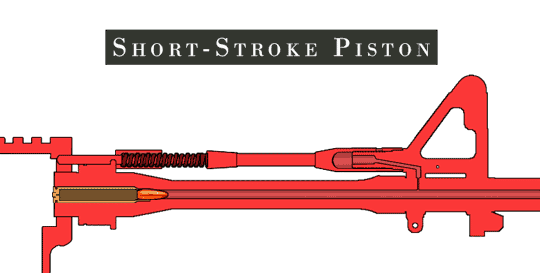
The new common heavy precision rifle will be the SAKO TRG M10 Sniper Rifle in .338 Lapua Magnum (8.6x70mm).
While Finland already adopted the SAKO M23 7.62mm platform in 2019 (known as the KIV 23 in Finnish service, and the TKIV 23 for the sniper variant), they have not yet announced which version (or versions) of the M23 5.56mm assault rifle platform they will adopt. Bear in mind that the Finns also introduced an upgraded and modernized version of their standard RK62 7.62x39mm assault rifle in 2019 as a program intended to extend its useful service life until 2030. Its also interesting to note that the AR-10 style KIV 23 replaced a locally-built copy of the Russian SVD marksman rifle system.
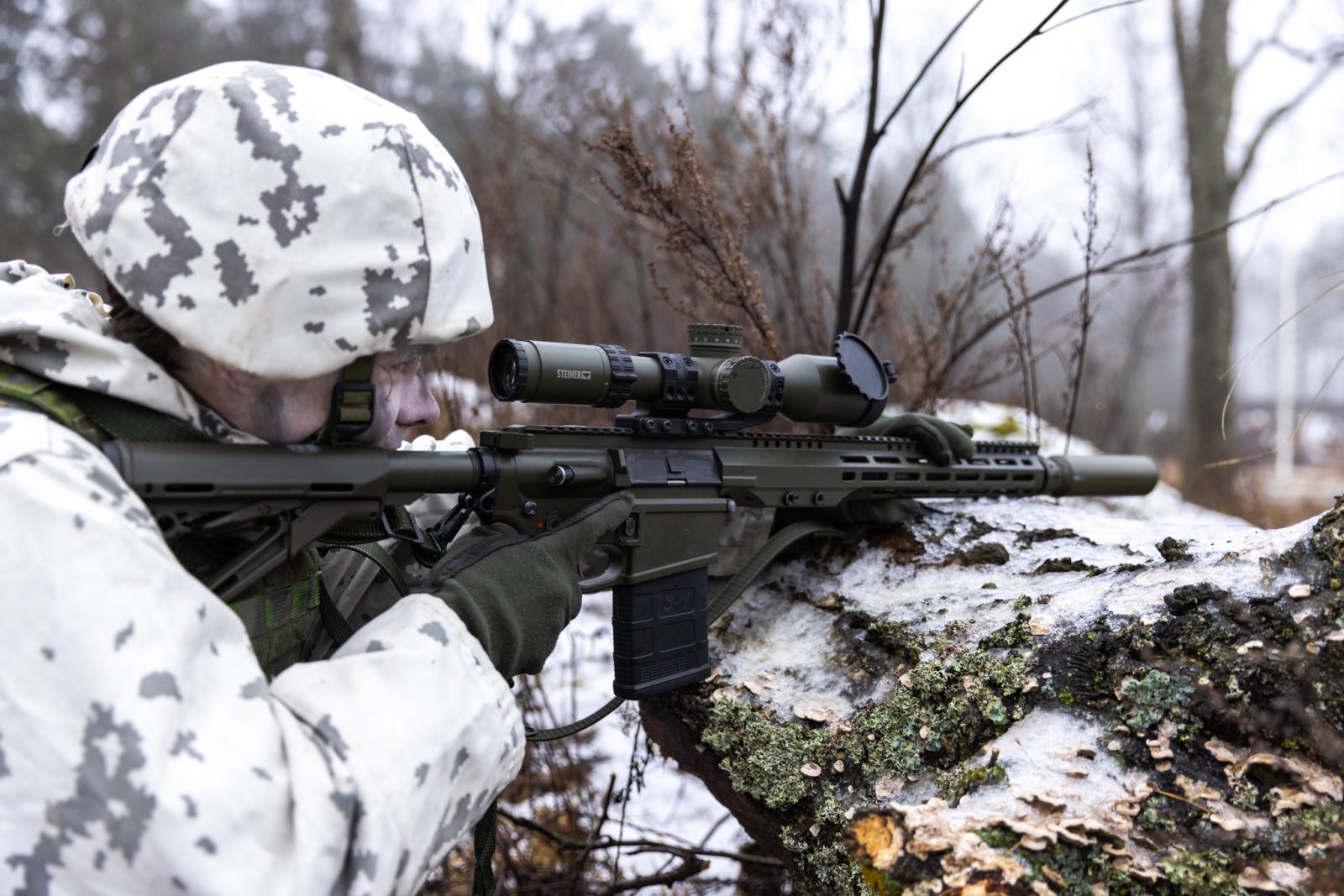
The logic of sticking with a home-grown development of the Russian AK rifle must surely have been seriously questioned once Finland took the decision to join NATO. Now as a fully-fledged member of NATO, the interoperability of their infantry equipment with their NATO allies – and their closest western neighbors – has become more important. The Finnish Defence Forces have used a variety of Soviet / Russian weaponry in the past as part of their policy of being officially neutral, but also attempting to maintain somewhat friendly relations with the bear. That attitude changed completely after the Russian invasion of Ukraine however, and now the Finns are working to change over to NATO-compatible weapons systems.

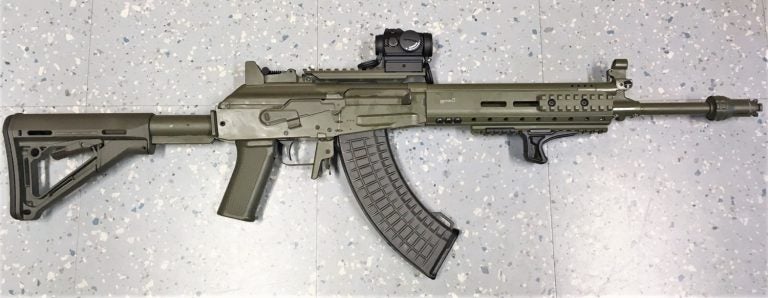
Sweden meanwhile has already been using a 5.56mm NATO assault rifle platform for many years – their license-built version of the FNC known as the AK5 – so the logistics of switching to the new AR-style platform should be much easier for them. We also know a bit more about Sweden’s plans for the new 5.56mm AR platform as well – thanks to articles and interviews that are in the public domain.
The FNC-based AK5 series currently issued to the Swedish Armed Forces is available in 4 versions;
- AK5 – original model with full-length barrel – now relegated to second-line use
- AK5B – an updated marksman version of the AK5 and typically carried by Squad Leaders – also now relegated to 2nd line use
- AK5C – a fully modernized carbine version of the AK5 with built-in Picatinny rails, a shortened barrel, and improved ergonomics and reliability
- AK5D – a sub-machinegun or PDW size version of the AK5C with a shortened barrel and front handguard
From published information, it appears that the Swedes are going to also follow a similar approach with the new rifle as they did with the AK5B / C / and D. Whilst the final nomenclature for the new rifle system has not yet been announced, it is predicted that it will most likely be based around an AK 24 classification – with a standard carbine, a DMR version, and a short PDW version. In fact, testing of the PDW version is already underway (currently known as the SSV 24 – ‘self-defence weapon type 2024’).
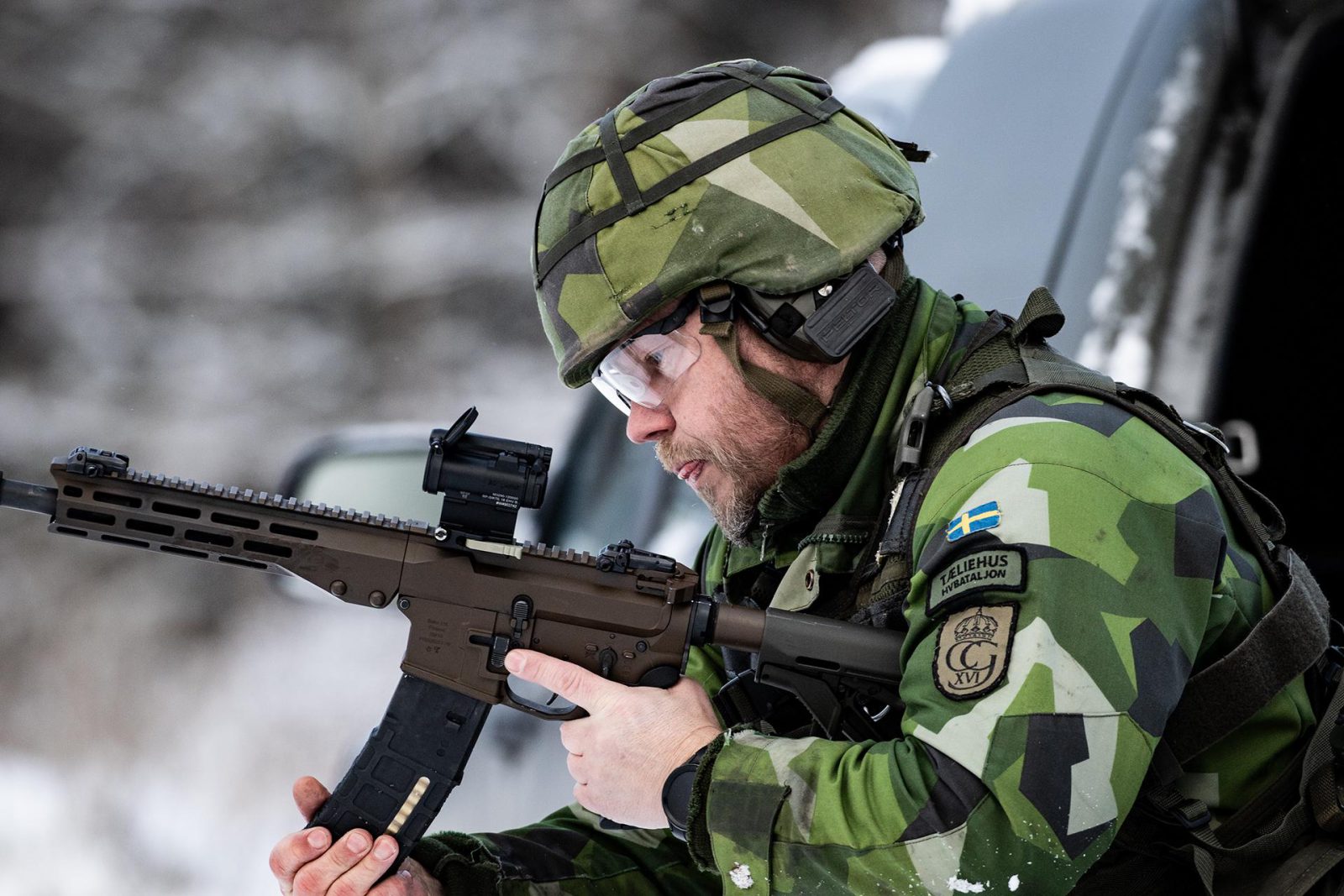
The 7.62mm NATO version of the new common platform will replace Sweden’s aging AK4 rifles which were modernized and pressed into service as an off-the-shelf designated marksman rifle solution several years ago. The AK4 is Sweden’s license-built version of the H&K G3. The new AR-10 style SAKO M23 semi-automatic DMR and sniper rifles in 7.62mm NATO calibre will feature a barrel length of 18 or 20 inches, depending on model, and will be issued from 2026. Sweden also apparently plans to purchase a standard battle rifle version of the 7.62mm M23 to issue to some of its forces as well – but this will probably not happen until 2026 or 2027, with the modernized AK4 rifles soldiering on until then.
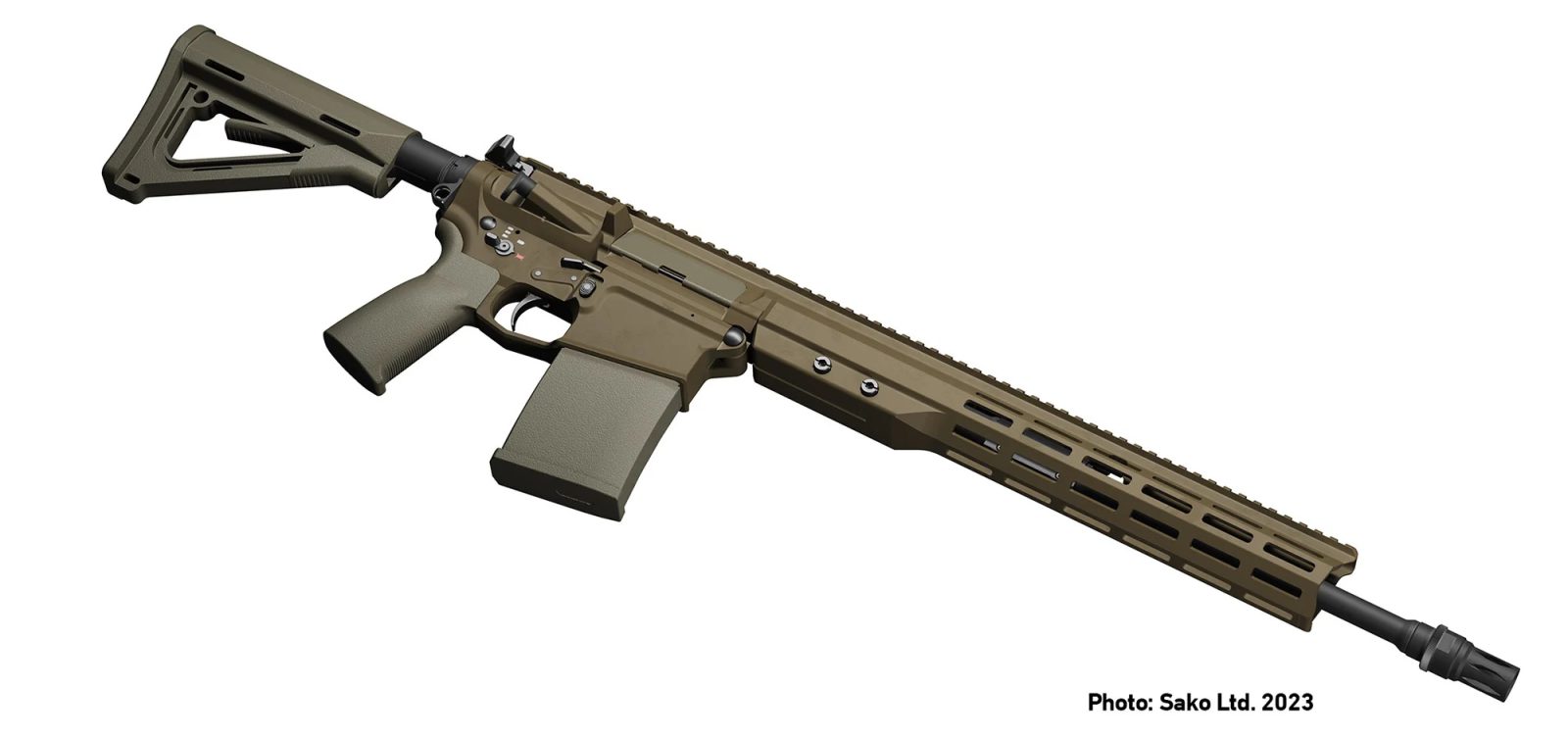
Lastly, the bolt-action SAKO TRG M10 Sniper Rifle in .338 Lapua Magnum (8.6mm) is already in service with the Finnish Defence Forces as of last year, and in Swedish service it will be introduced this year, and is intended to replace the Barret .50 calibre semi-automatic rifles currently in use. The .338 Lapua Magnum rifle has also recently been adopted by Estonia and Canada.
